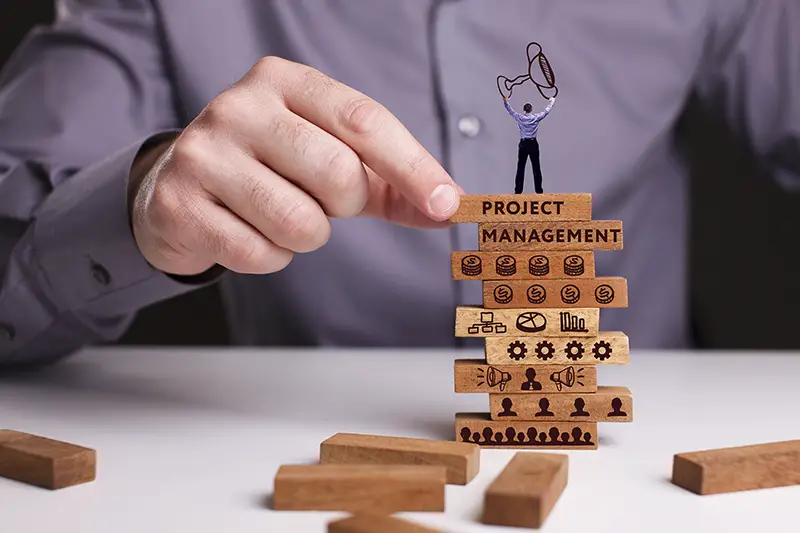Click here to get this post in PDF
Times are changing, so many organisations are looking at the differences that a culture with learning can make. This is the environment where leaders and managers work together to improve the behaviours, priorities and beliefs that come with learning.
If you don’t already have a strong strategic partnership between your leaders and manager, then there has never been a better time to consider putting them in place. The question is, how do you go about doing this?
The impact of learning cultures
There is a huge impact to be had from learning cultures. In fact, a study carried out by IBM found that a staggering 84% of employees working for those organisations with the best performance were being given the training they needed. This is in comparison to just 16% in those companies deemed to be performing the worst.
Whilst the value of learning might be something that is discussed during training courses for project managers it is something that far too many organisations do not utilise to its full potential.
Embed learning in your objectives and key results
When you set a goal as part of the OKRs of your organisation, you will find that it is something that you are more likely to achieve, and that it is more likely to have an impact on your business that you can measure. It really is important to make learning a part of the OKRs of your manager.
When you make learning one of the OKRs of a team, you are making a statement that the company is invested in its employees and that everyone is important. When you have goals like this, managers need to ensure that they are accountable for the results their team achieves.
Empower managers to assist with training
Project managers have plenty of project management skills that could be put to use to help them become active in this learning culture rather than passive watchers. After all, in addition to all these skills that they might have, they also have lots of knowledge that has been gained over years of work and passing this on is a great way to help others learn.
Make learning an effortless process
It isn’t always possible for managers to be involved at every stage of learning, no matter how much you might want that. Sometimes they will be busy with other important parts of their role, and assisting with learning may be something they simply do not have the time for.
Creating a setup where all of your tools are connected can be a great way to do this. This is largely because it will allow all your team members to easily access a form of learning. In addition, this will mean that managers can actively encourage people to do some learning but don’t actually have to manage it.
You may also like: Why Automation is the Biggest Management Trend in 2022
Image source: Shutterstock.com

